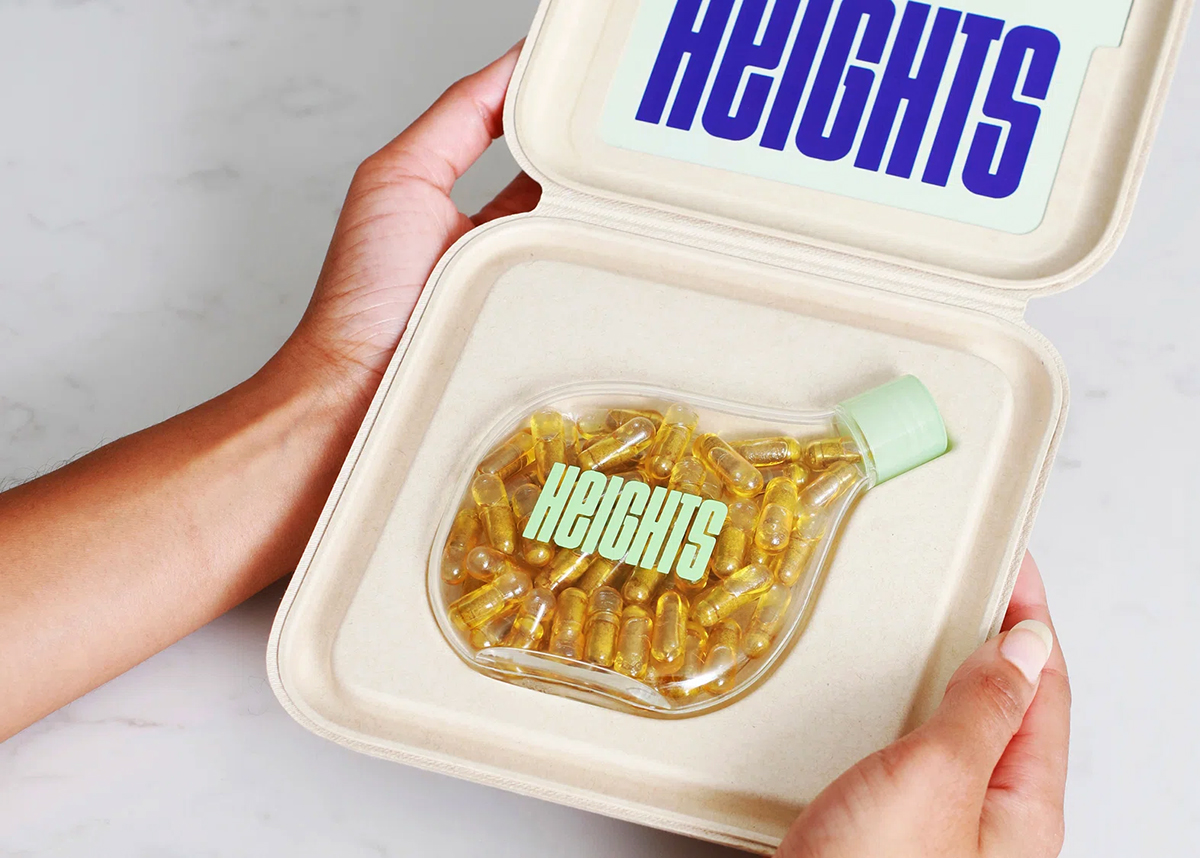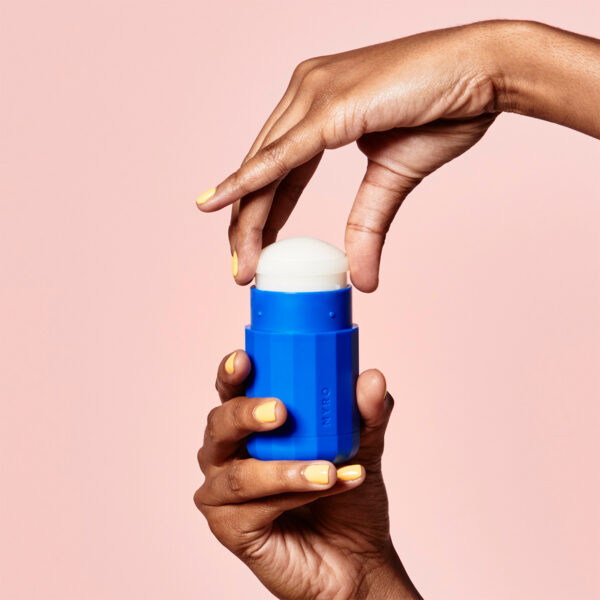The Unboxing Revolution: Reimagining E-commerce Packaging Design

In the traditional retail environment, packaging’s primary function has always been to stand out amidst shelf competitors. However, in the digital marketplace, this paradigm has undergone a fundamental shift.
E-commerce packaging serves an entirely different purpose—it’s no longer about competing for attention on crowded shelves but rather about creating memorable unboxing experiences that drive customer loyalty and repeat purchases.
You can also read: Phigital Packaging: Merging Physical and Digital.
The E-commerce Packaging Opportunity
When designing for e-commerce, we’re liberated from many traditional retail constraints. There are no shelves, no size comparisons with neighboring products, and no immediate multi-sensorial engagement with the package. This absence of physical retail context creates a unique opportunity to rethink packaging from first principles.
Behind every problem lies a hidden solution. Once we eliminate the requirement that a product must sell itself in a physical store, we create genuine opportunities for disruptive packaging redesign. The conventional rules needed for shelf visibility and communication disappear, allowing us to reimagine packaging aesthetics with durable designs rather than ephemeral ones.
From Competition to Connection
In physical retail, packages must fight for attention. In e-commerce, they must create emotional connections. The average unboxing experience lasts just 22 seconds—a brief but crucial window to capture consumer attention and create a memorable brand moment.

Garçon Wines‘ innovative flat wine bottle design revolutionizes e-commerce delivery by fitting through standard mail slots.
When e-commerce sales account for 7-10% of a brand’s total revenue, it becomes crucial to consider dedicated packaging solutions for this channel. Traditional packaging aims to break through competitive clutter, while e-commerce packaging must trigger repurchase decisions and social sharing. The paradigm has shifted from competing to being remembered.
Sustainability as a Strategic Advantage
Forward-thinking brands are leveraging e-commerce to reimagine sustainable packaging solutions. Without the need for shelf appeal, companies can focus on minimizing materials and maximizing recyclability.
Consider the case of Myro deodorant—a direct-to-consumer brand that reimagined its product in a reusable plastic container that uses less plastic than typical single-use deodorants. Customers receive recyclable refill capsules delivered to their homes quarterly, effectively adopting sustainability as a service.

Myro deodorant’s refillable system features a sleek, graphics-free reusable container. The minimalist design emphasizes sustainability while maintaining premium brand positioning. Design by Deerfield.
Similarly, innovative brands are challenging traditional forms. Garçon Wines reimagined wine bottles for e-commerce by creating flat, rectangular, 100% recycled PET bottles that fit through mail slots. By defying the assumption that wine bottles must be cylindrical, they achieved significant space savings in transportation, retail display, and storage while reducing their carbon footprint—the Garçon bottle is 40% smaller and 90% lighter than traditional glass bottles of the same capacity.
The Intersection of Digital and Physical
While e-commerce is driven by digital technology, the key to success lies in harmonizing digital and tangible elements to create genuine emotional connections with consumers. The physical package represents a crucial touchpoint in an otherwise virtual shopping journey.
At this intersection, packaging becomes the perfect medium for innovation. The virtual “shelf” has moved to social media, where exceptional unboxing experiences become highly shareable content. The more remarkable the unboxing, the greater the viral potential it creates, extending the brand’s reach far beyond the individual customer.
As we move forward in this evolving landscape, packages might seem like simple containers. Still, in the e-commerce era, they’re becoming the physical embodiment of the brand experience—making them more critical than ever before.
By: Hernán Braberman – Creative Director, Tridimage.
